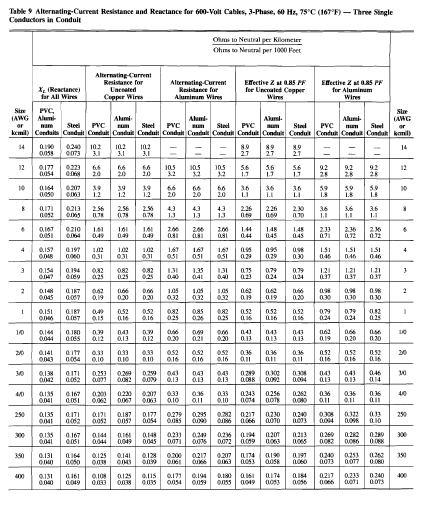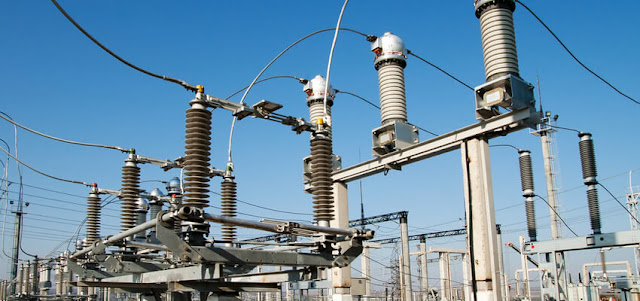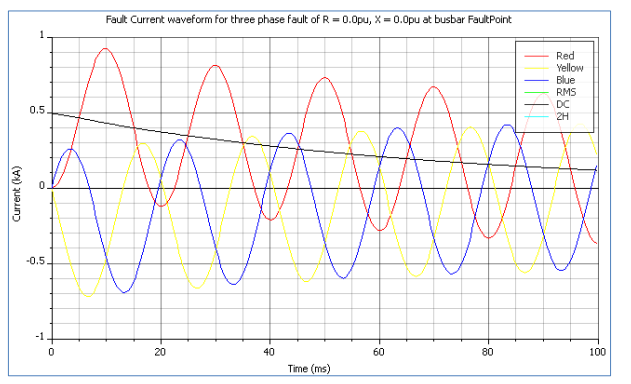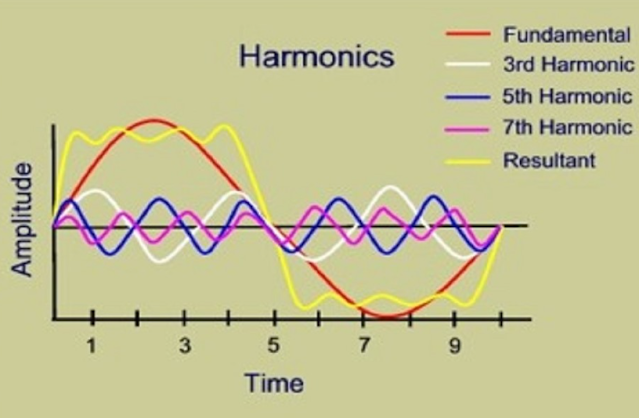3-Phase AC Motors: Types, Design Characteristics and Common Use
Editorial StaffSunday, January 15, 2023
Source: Dorra Monterosa An electric motor is a piece of equipment that converts electrical energy into mechanical energy. It commonly cons...
0 Comments
Read







.webp)










